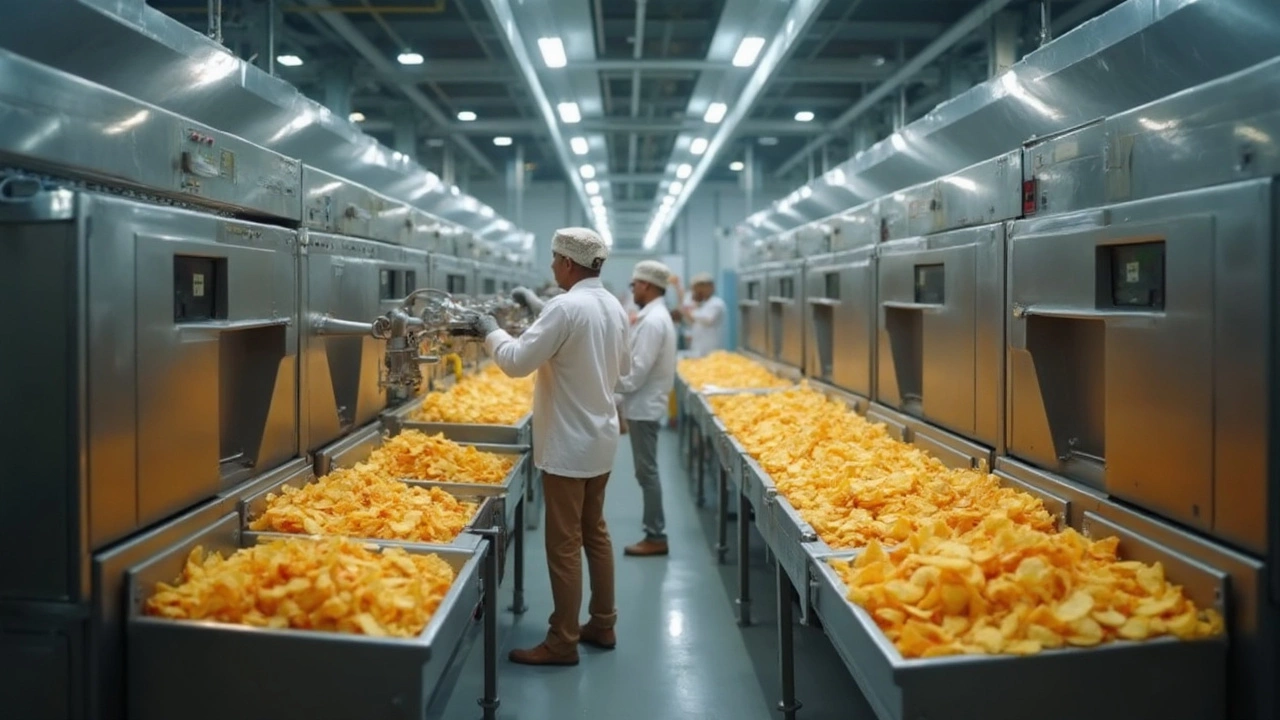Unit Process: Real World Examples & How It Shapes Manufacturing
When talking about unit process, a discrete set of operations that converts raw material into a specific product or component. Also known as process step, it forms the building block of any manufacturing system.
Each unit process sits inside a larger production line, and its design is driven by process engineering, the discipline that designs, analyzes, and optimizes unit processes for efficiency and safety. Think of a metal‑stamping operation: the die‑closing, material feed, and ejection are all separate unit processes, yet together they create a finished part. When you combine many of these steps, you get mass production, a manufacturing approach that repeats unit processes millions of times to achieve low unit cost. That repetition is why you see identical bolts on every car assembly line – the same unit process runs over and over, trimmed for speed and waste reduction.
On the other end of the spectrum, small scale industry, businesses that use compact unit processes to produce goods with limited capital relies on the same principles but on a tighter budget and space. A local bakery might use a single dough‑mixing unit process, followed by a shaping step, before baking – each step is simple, yet together they meet market demand. Understanding the link between unit processes and the scale of operation helps entrepreneurs decide where to invest in automation versus manual labor. Whether you’re scaling up from a workshop to a factory floor or fine‑tuning an existing line, mastering the individual unit process gives you control over quality, cost, and cycle time.
Below you’ll find a curated collection of articles that dig deeper into these ideas – from heavy‑equipment comparisons and high‑demand product trends to detailed guides on small‑scale manufacturing and the future of Indian pharma. Each piece builds on the core concepts of unit processes, showing you how they play out across industries and business sizes.
